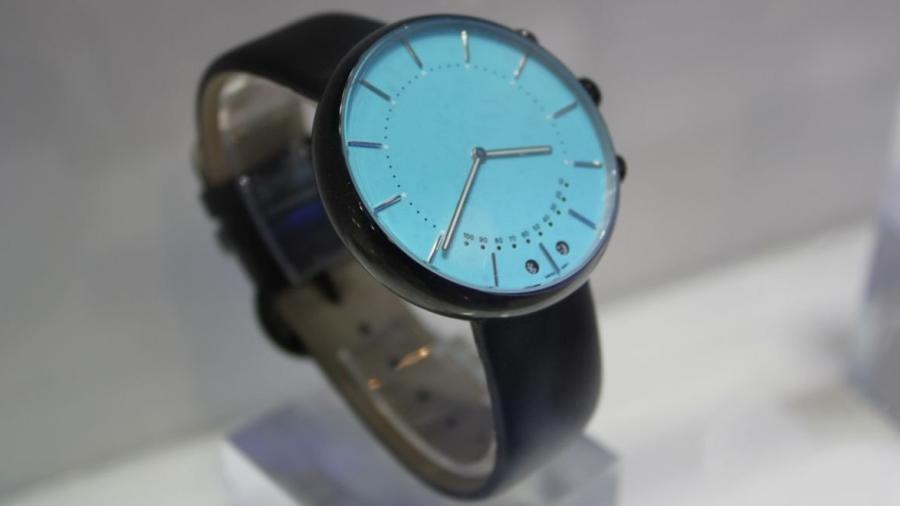
ZTE launches a new range of fitness-focused smartwatches
ZTE has launched three new smartwatches at Mobile World Congress this week, in an attempt to win over three of the sub-markets interested in wearables: runners, fitness trackers and health nuts.
The Venus G1 will feature a GPS chip made for runners, giving them detailed map information and routes. The Venus S2 will feature all of the fitness stats on its own operating system. The ZTE Business Intelligence Watch (excellent name by the way) will work similarly to the Withings Activité, sending health information back to a smartphone app.

Next-gen sports and fitness devices to launch at Wearable Technology Show
The Wearable Technology Show is nearly upon us. The event -- the largest such show in the world -- takes place on 10-11 March 2015 at ExCeL in London and will be a must-attend for anyone in the UK with an interest in wearables.
The show will feature over a hundred technology innovators from all over the world, with many launching new products, or introducing existing ones to new markets. Firms with new sports and fitness devices at the show include:
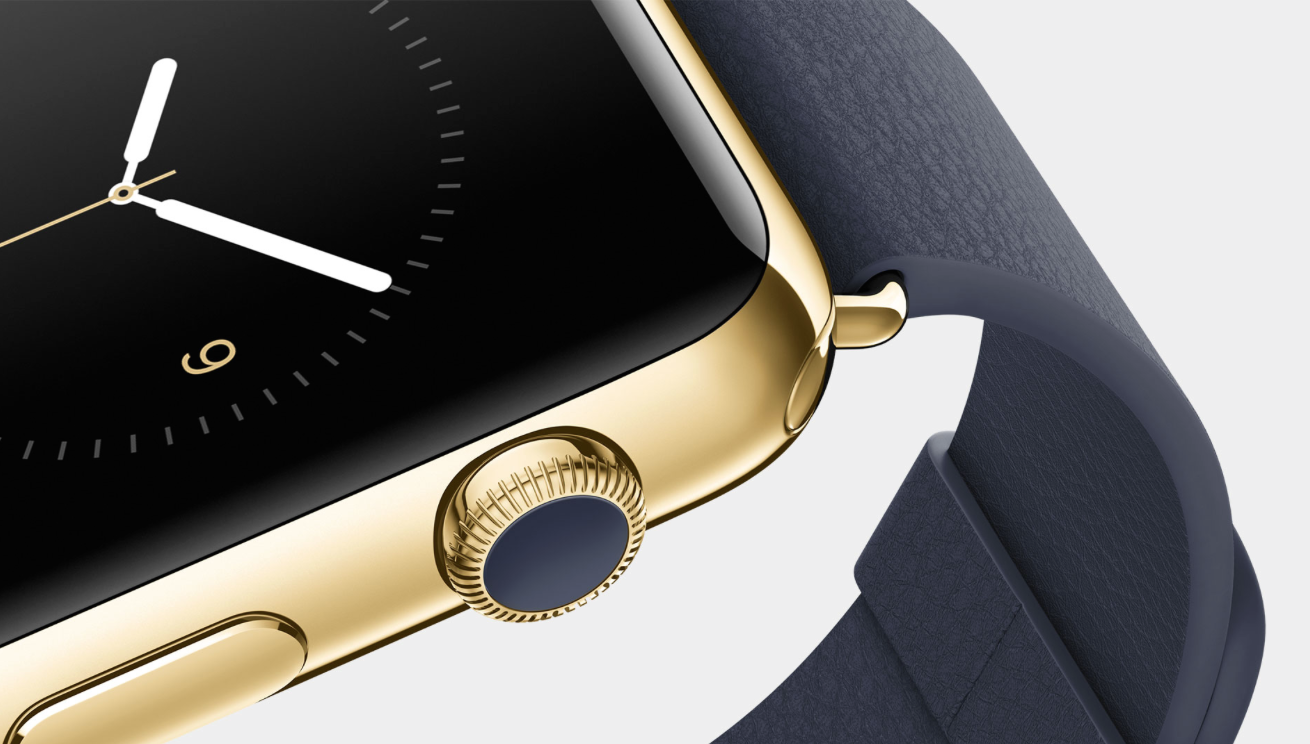
Apple Watch could replace your car keys
The Apple Watch "official" launch event (as opposed to last autumn’s mere unveiling) is almost upon us -- in fact it’s a week from today -- and CEO Tim Cook has been busy stoking the hype fires one last time.
Cook talked to the Telegraph about the sort of innovations Apple is planning to bring forth with its smartwatch, one of which is that the device will be usable as your car keys -- replacing the chunky fobs that vehicles use these days.
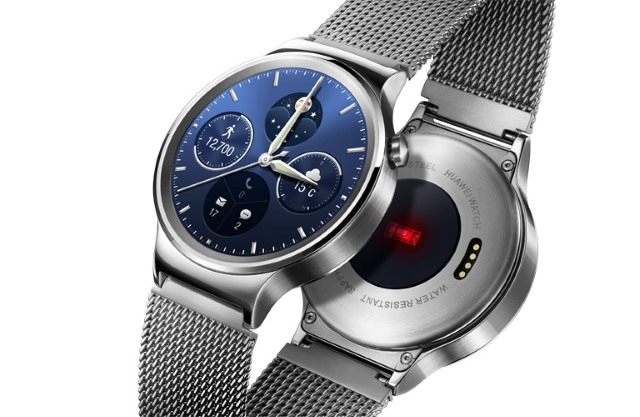
Huawei Watch could be the first smartwatch you actually want to wear
At MWC 2015, Chinese manufacturer Huawei announced its first foray into Android Wear. The company unveiled the rather predictably-named Huawei Watch today, and it's already got tongues wagging around the world. The screen is a 1.4 inch, 400 x 400 pixel AMOLED affair which is, importantly, completely round.
Packing 286 pixels per inch, the Sapphire crystal screen has a higher resolution than the Watch Urbane launched by LG today. The stainless steel case gives the watch a quality look and feel, and the device boasts a bevy of on-board sensors for tracking different activities. What is likely to prove the Huawei Watch's key to success, however, is the fact that it so closely resembles the look of a regular watch.
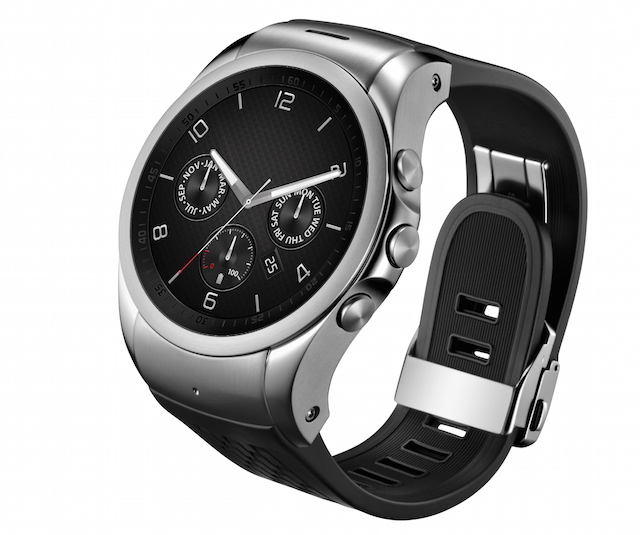
LG announces 4G LTE-enabled Watch Urbane smartwatch
The average smartwatch relies on a smartphone to show relevant information. Those notifications, emails, messages, directions and the like are not pulled from thin air, after all. Making such devices pretty much useless when, for instance, the smartphone runs out of juice or is not within pairing distance. This is where having a cellular radio inside can make a huge difference.
LG is among the few vendors that sees just how useful cellular radios can be for smartwatches, as today it announces a 4G LTE version of its recently-unveiled Watch Urbane Android Wear smartwatch. Unlike the original, the new Watch Urbane LTE -- which rivals Samsung's Gear S -- runs LG's own Wearable Platform. The South Korean company is touting it as "the world’s first LTE-enabled smartwatch".
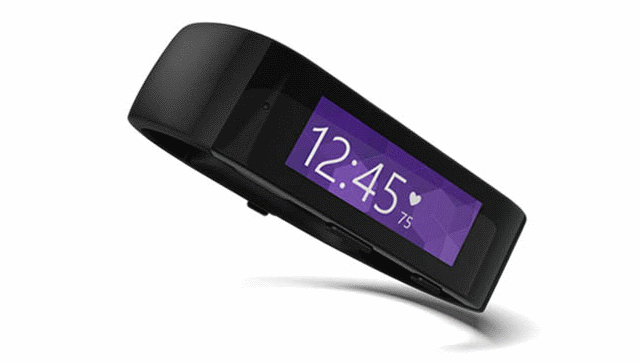
Microsoft releases the first major Band update
Microsoft Band, the wearable fitness tracker, and its accompanying Health app have received their first major update, some four months after the initial release.
With the latest update, the band is getting some new features -- enabling it to monitor biking (yes, even stationary biking), a quick read feature for notifications and -- (you’re not going to believe this) -- an on-screen keyboard.
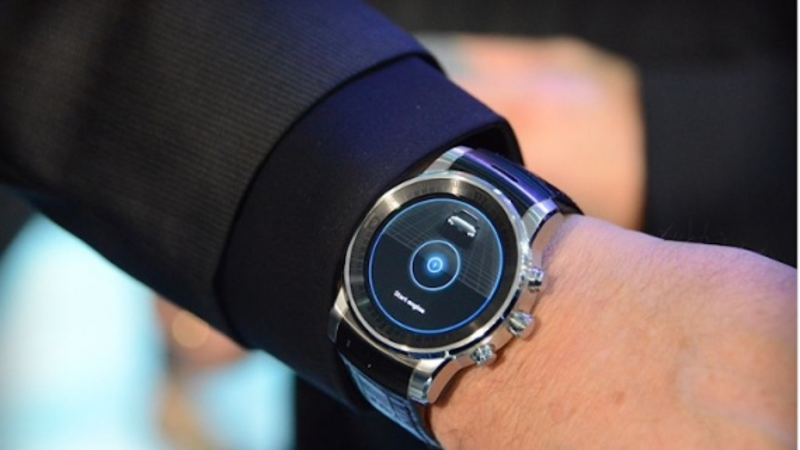
A third of Brits embarrassed by wearables
Over a third of the people in the UK would feel embarrassed or self-conscious if they wore wearable tech as it currently appears, new research has found. As a result, businesses and app developers are being urged to do more if they want to improve uptake
The study was conducted by the UK mobile app developer Apadmi to form part of its new report looking into the public’s view of wearable technology, such as smart glasses, watches and fitness trackers.
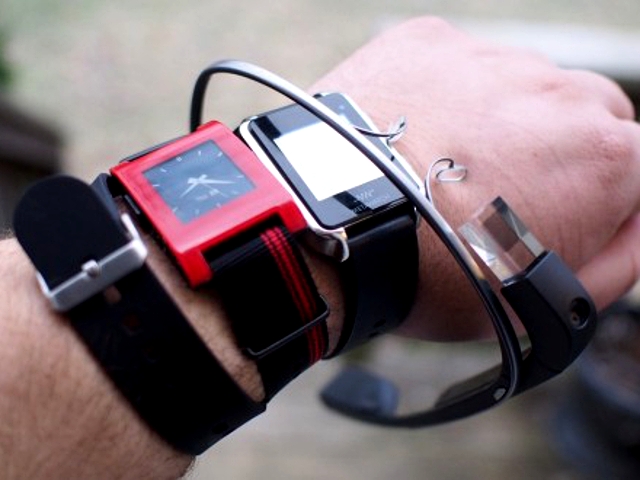
Smartphones just as accurate as wearables for tracking fitness
Fitness trackers have become all the range and over 3 million were sold in the second half of 2014, making up over three quarters of the total wearable sales, but it looks like the benefits of a fitness tracker might be minimal.
That is according to a new study by the University of Pennsylvania, which measured the amount of steps on a treadmill with two smartphones and three wearables.
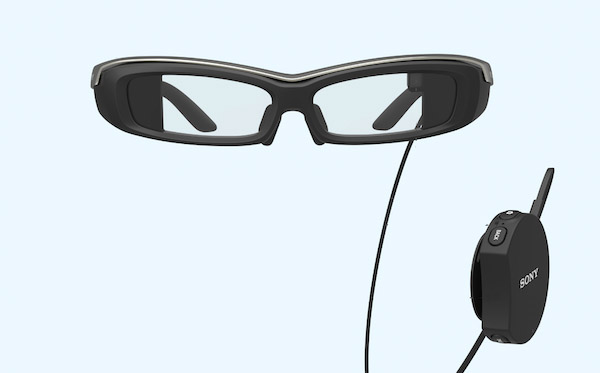
Sony announces SmartEyeglass Developer Edition SED-E1, goes up for pre-order today
Smartglasses are tricky. You have people who don't like to wear glasses. Those who do may not like their design. They can also be tiring to wear for extended periods of time, as Google Glass Explorers have confessed. Not to mention that smartglasses are also very expensive. And, at least for the time being, consumers are not taking the plunge, as they appear to be perfectly happy with using just their smartphones.
The lack of consumer interest, and Google recently killing its beloved Glass project, hasn't stopped Japanese maker Sony from coming out with its own pair of smartglasses. They're called SmartEyeglass Developer Edition SED-E1, and they're available for pre-order starting today.
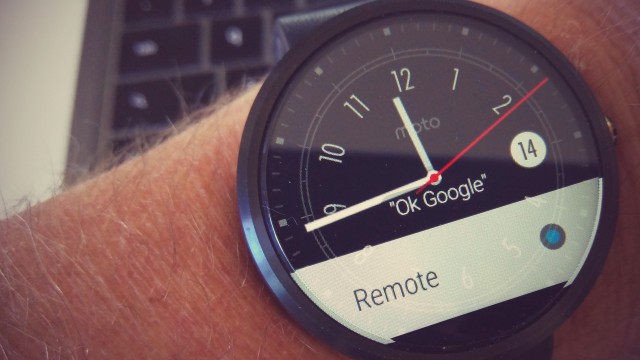
I was wrong about the smartwatch being a dumb idea
Over the holiday weekend, I started using the Moto 360, which user experience is way better than anticipated. For all the nutcases calling Apple Watch innovative and revolutionary—without there even being a device for them to test—Android Wear is, ah, timely. Google gives great utility that will be difficult for the fruit-logo company to match. Reasons are simple: Context, search, sync, UI design, and Google Now.
I resisted the smartwatch concept for having been there before. Few of the gadget geeks gushing about wearables are old enough to remember Microsoft SPOT. Mid-last decade, the company partnered with real watchmakers (Fossil, Suunto, and Swatch); the devices were as much jewelry as functional timepieces; FM radio delivered appointments, news, weather, and other alerts independent of cell phones; and battery life lasted three days or more (which wasn't enough). By these measures, SPOT watches were so much more and still failed. Hence, these are reasons why in past analyses I called the decade-later attempt dumb. But I was wrong.
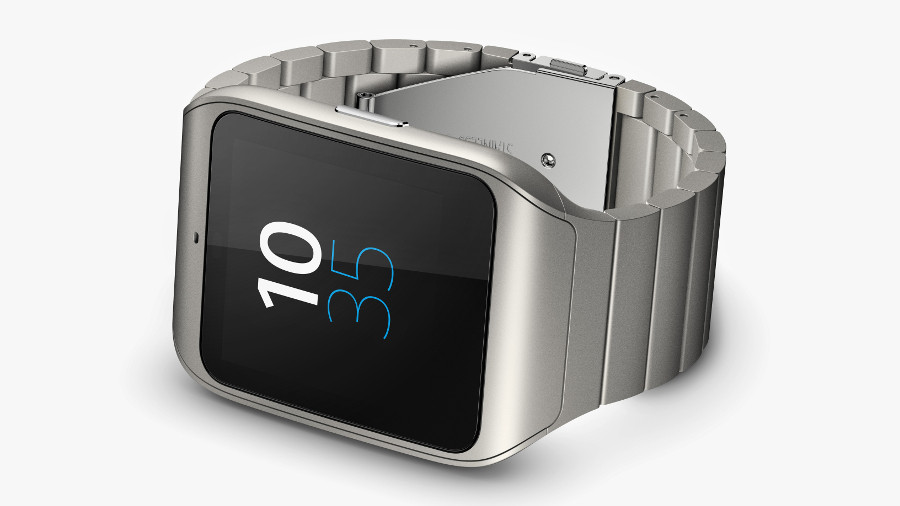
Cisco: wearables will lead to a massive increase in mobile traffic by 2019
We’re hearing a lot about how wearables are set to explode before this decade is out -- not literally explode (well hopefully not -- though there’s bound to be some sort of incident like that at some point, if smartphones are anything to go by), but rather to explode in terms of their numbers.
And Cisco has released another report which points to big numbers of wearables before 2020 arrives.

Big names lined up for the Wearable Technology Show
If CES is any indication, wearable technology is going to be huge this year, so it’s no surprise that the Wearable Technology Show has doubled in size for its second outing.
Boasting twice as many exhibitors and product launches as last year, the UK show moves to a new home at ExCeL in London, and will be co-located with the Augmented Reality Show, an event dedicated to AR, VR and smart glasses.
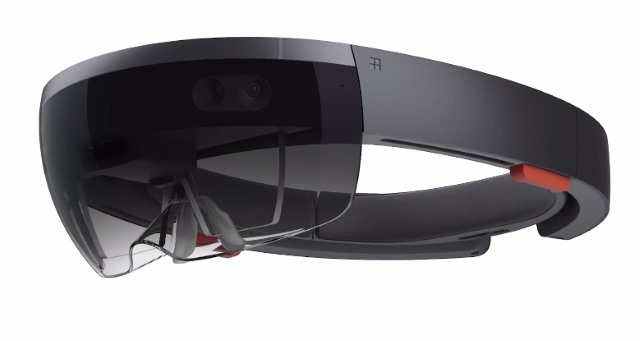
Augmented Reality glasses set to become more popular than smartphones, says Augmented Reality promoter
In the future, smart glasses (or AR, Augmented Reality glasses) will become more popular than smartphones -- although we are talking about the pretty distant future.
This unlikely sounding conclusion -- particularly given the recent demise of Google’s Glass Explorer project -- was reached by a report from Augmentedreality.org, although it is potentially somewhat biased in that it’s an organization "committed to advancing Augmented Reality".
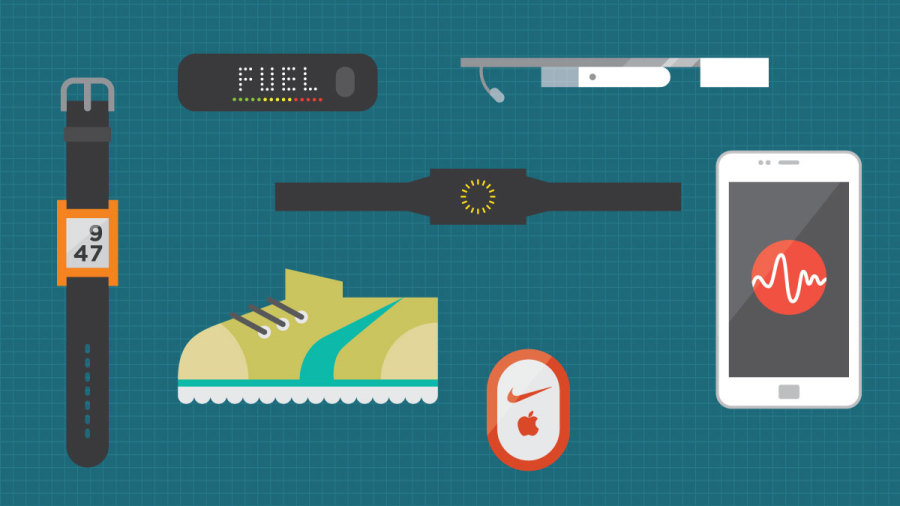
Lumoid's wearables service lets you try before you buy
Lumoid wants to make the wearable buying experience a little less painful by launching a 'try-before-you-buy' service, allowing users to test five wearables for a limited time and find out which one suits them the best.
Users will be able to choose up to five wearables for $20 and have seven days to test them out, after which users send back all the wearables and can keep any they want to buy.

2015 will be the year when nothing happens
This was supposed to be time for my technology predictions for 2015, which I’ll get to yet, I promise, but first I want to explain the major trend I see, that 2015 will become known as The Year When Nothing Happened. Of course things will happen in 2015, but I think the year of truly revolutionary change will be 2016, not 2015. It takes time for trends to develop and revolutionary products to hit the market. I’d say the trends are clear, it’s the products and their manufacturers who aren’t yet identifiable.
So here are three areas where I’ll disagree with most of my peers and say I don’t expect to see much visible progress in 2015.
